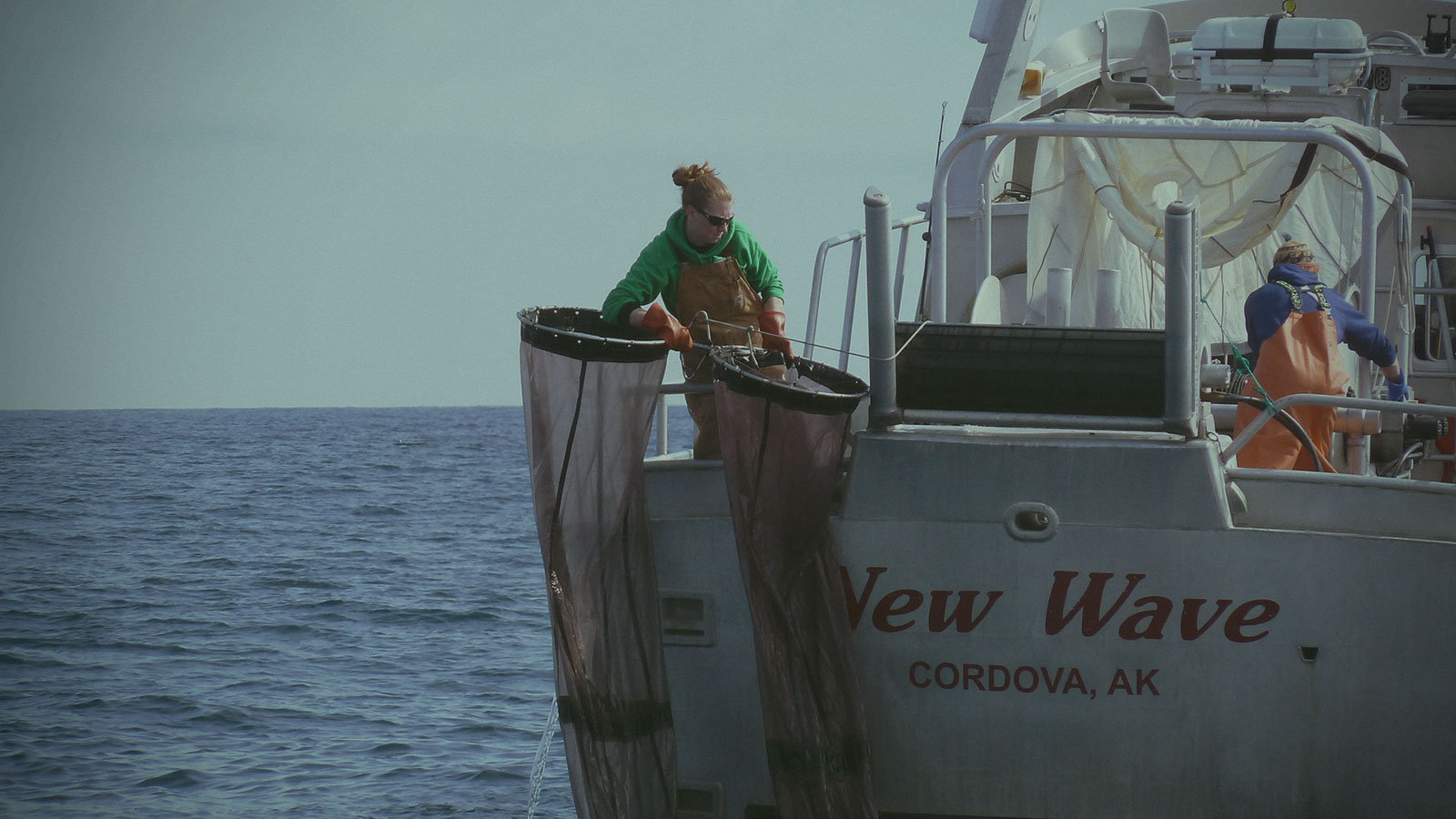There are numerous types of plankton in the Sound, and their abundance depends on many things including the time of year and oceanographic conditions.
Plankton must over-winter (just like herring), and many emerge in the spring as light levels increase and their phytoplankton food begins to grow. Copepods of the genus Neocalanus, the most common medium-sized zooplankton in the Gulf of Alaska, are a very important prey item for herring.
A key part of our work is the connection between plankton and herring. Herring stocks in Prince William Sound collapsed dramatically in the years following the Exxon Valdez oil spill. Herring stocks remain at very low levels, and one suggestion is that the amount of food available (including plankton) is at least partially responsible for the lack of recovery. Without sufficient food, herring will more likely to succumb to disease or predation.
In 2007, we began a plankton monitoring program in the Sound, supported by a grant from the Exxon Valdez Oil Spill Trustee Council (as part of a comprehensive herring recovery program). We survey plankton populations in the spring (as herring juveniles recover from the winter and also when herring larvae start feeding) and autumn (prior to over-wintering) to monitor populations.





